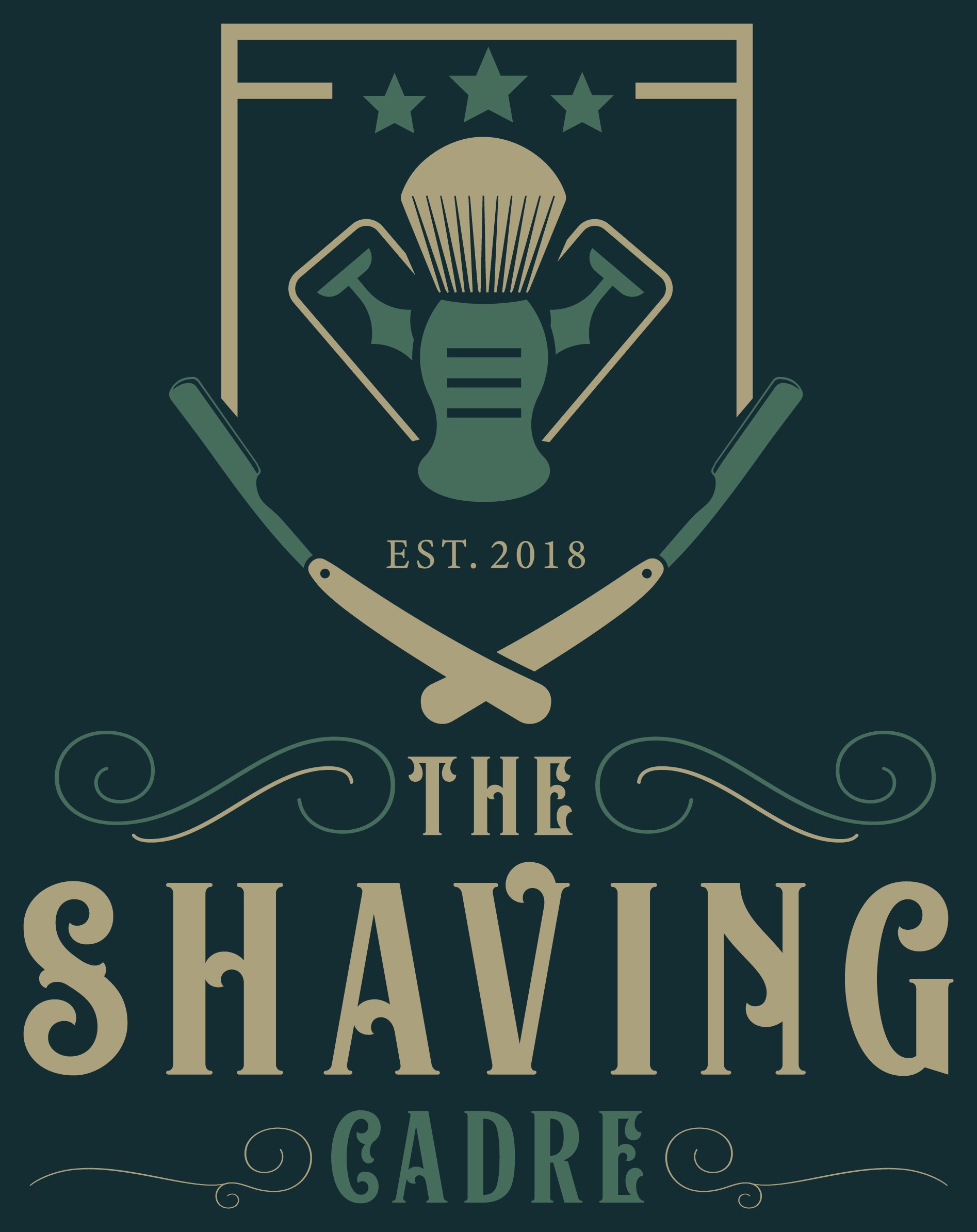- Shannon's Soaps Nil (8)
- Maggard tuxedo synthetic
- Stirling Travel Bowl
- Gillette 1946-7 Aristocrat/Super-Max Stainless blade (6)
- DSC Post Shave Cream
The Shaving Cadre
You are using an out of date browser. It may not display this or other websites correctly.
You should upgrade or use an alternative browser.
You should upgrade or use an alternative browser.
Another Shaving Journal
- Thread starter Graybeard57
- Start date
- Shannon's Soaps Nil (9)
- Maggard tuxedo synthetic
- Stirling Travel Bowl
- Gillette 1946-7 Aristocrat/Super-Max Stainless blade (1)
- DSC Post Shave Cream
Have you found the channel that does Love Boat reruns??Riveting television today.
woodpusher
TSC’s International Man of Meh
I was thinking a new Mike Rowe's Dirty Jobs episode.Have you found the channel that does Love Boat reruns??
woodpusher
TSC’s International Man of Meh
@Graybeard57 we need an update
I love the Sharknado documentaries.Sharknado marathon?
My ex loved this show and Fantasy Island, which followed it. Should've gotten a lawyer right then.Have you found the channel that does Love Boat reruns??
- Shannon's Soaps Nil (10)
- Maggard tuxedo synthetic
- Stirling Travel Bowl
- Gillette 1946-7 Aristocrat/Super-Max Stainless blade (2)
- DSC Post Shave Cream
woodpusher
TSC’s International Man of Meh
Happy Thursday, Bruce!
It's how I feel after every shave. If this doesn't happen to you, perhaps you're doing it wrong.Bruce is feeling extra seductive today!
GearNoir
“The TSC’s Napping Beefcake”
I've had my share of emotional damage, but these guys came by
- Shannon's Soaps Nil (11)
- Maggard tuxedo synthetic
- Stirling Travel Bowl
- Gillette 1946-7 Aristocrat/Super-Max Stainless blade (3)
- DSC Post Shave Cream
Thursday 7/7/22
- Shannon's Soaps Nil (12)
- Maggard tuxedo synthetic
- Gillette 1946-7 Aristocrat/Super-Max Stainless blade (4)
- DSC Post Shave Cream
- Shannon's Soaps Nil (13)
- Maggard tuxedo synthetic
- Gillette 1946-7 Aristocrat/Super-Max Stainless blade (5)
- DSC Post Shave Cream
woodpusher
TSC’s International Man of Meh
Sounds pretty good to me. I'd trust your professional judgement over your sibling judgement in this situation.
Pain sucks.
Yeah, she's in a tough situation: docs and nurses all tell her she's doing fine, yet she still hurts. Now, it's primarily postop pain, which goes away relatively quickly. I say "relatively" because when you're in the middle of it, time drags on forever between pain meds.Sounds pretty good to me. I'd trust your professional judgement over your sibling judgement in this situation.
It truly does. I believe the opioid epidemic was, at least in part, was due to health care providers' (MDs, CRNPs, and PAs) attempts to relieve pain. In the mid-1990s there was a big push to assess every patient's pain level. New pain clinics sprouted up like mushrooms after a rainstorm. Opioids were one tool in their medical bags. With judicious use, they are very effective, but many pain clinics found that people required ever-increasing dosages as they developed a tolerance. Dosages increased to astronomical levels until they reached critical mass and concerned providers had to back off. This coincided with the manufacture of cheaper, stronger oral narcotics. A perfect storm.Pain sucks.
“Over the past 160 years, life expectancy (from birth) in the United States has risen from 39.4 years in 1860, to 78.9 years in 2020” (statista.com)It truly does. I believe the opioid epidemic was, at least in part, was due to health care providers' (MDs, CRNPs, and PAs) attempts to relieve pain. In the mid-1990s there was a big push to assess every patient's pain level. New pain clinics sprouted up like mushrooms after a rainstorm. Opioids were one tool in their medical bags. With judicious use, they are very effective, but many pain clinics found that people required ever-increasing dosages as they developed a tolerance. Dosages increased to astronomical levels until they reached critical mass and concerned providers had to back off. This coincided with the manufacture of cheaper, stronger oral narcotics. A perfect storm.
It gives me pause when I hear how much healthier our ancestors were. Kinda hard to develop Alzheimer’s, diabetes, arthritis, etc. when you die at 40. Increased life expectancy isn’t necessarily on pace with life quality. A challenge I wish the medical community would embrace.


